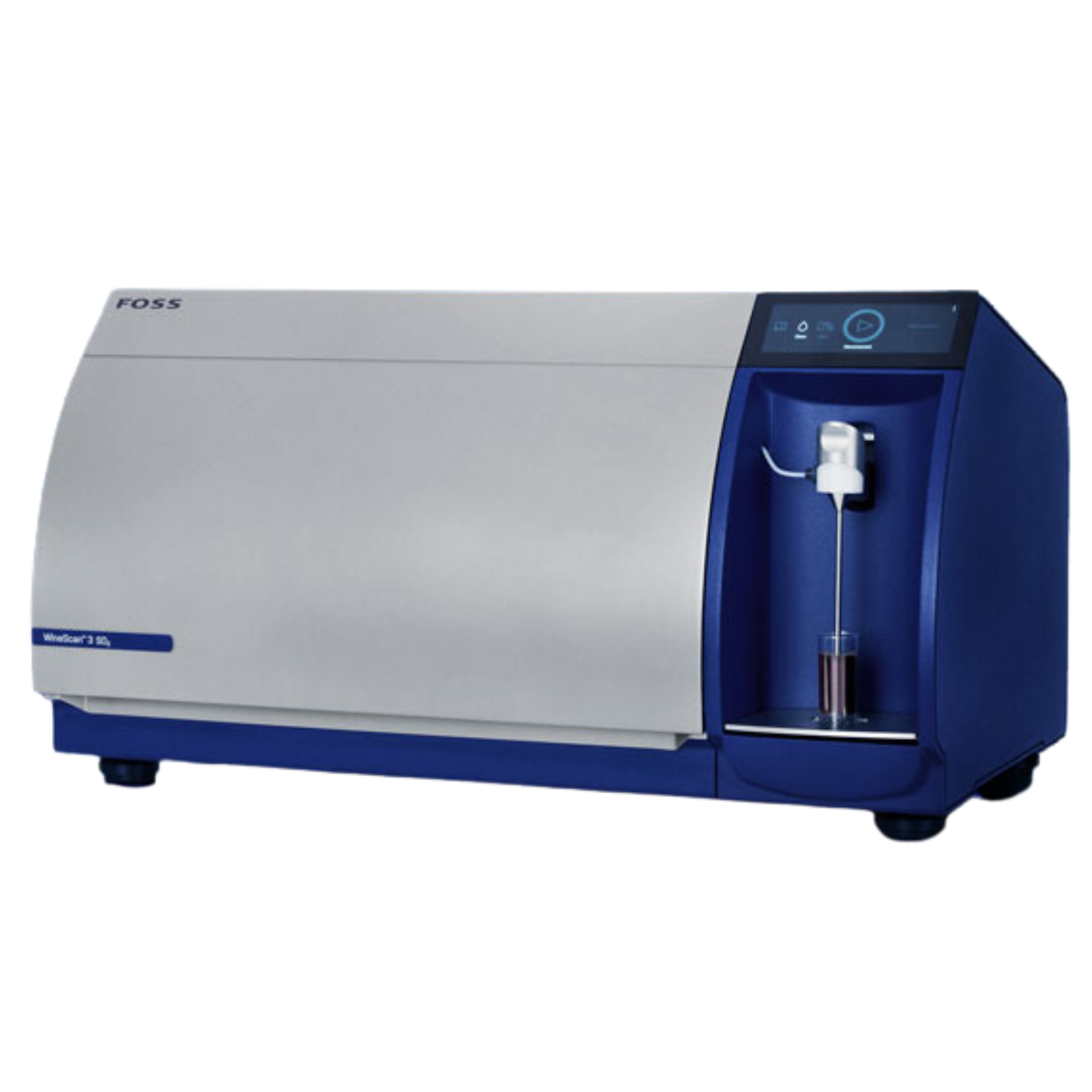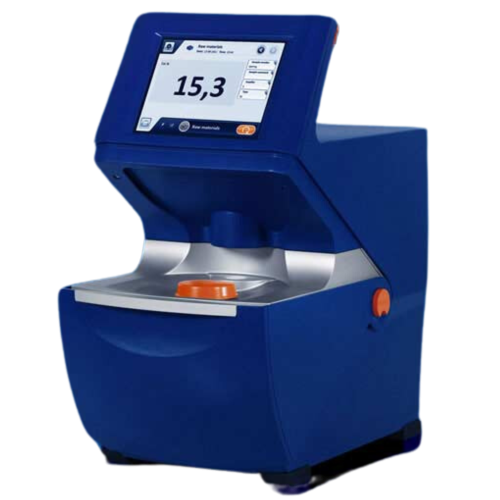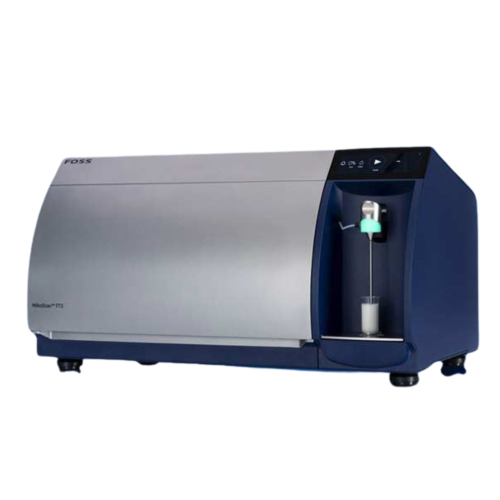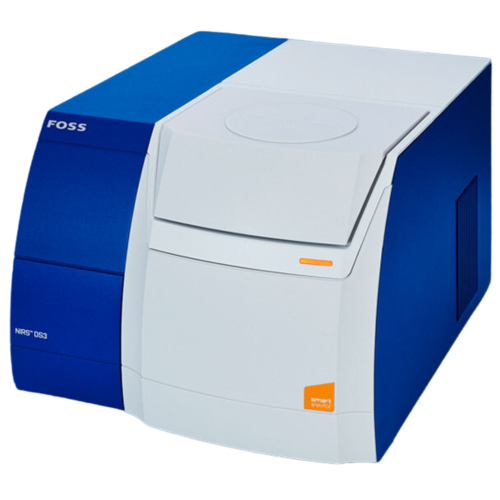WineScan™ 3 SO₂
Description
- Value – Insights throughout the whole winemaking process. What do you need to know? Ask WineScan™ 3.
- Sample type – Must, must under fermentation and wine.
- Parameters – Ethanol, pH, sugars, malic acid, lactic acid, tartaric acid, free and total SO₂ and many more according to your demands of your winery or wine laboratory.
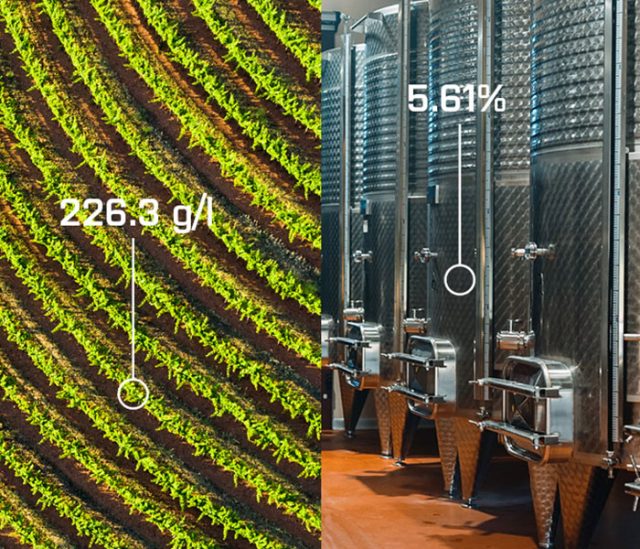
More insight, less work and more time for winemaking – three reasons why the launch of WineScan™ 3 is right on time
The latest WineScan™ 3 marks a milestone in wine analysis that ensures an expanding world of insight with less cost and less work than earlier solutions. Three common trends in winemaking indicate that the launch is not a moment too soon.
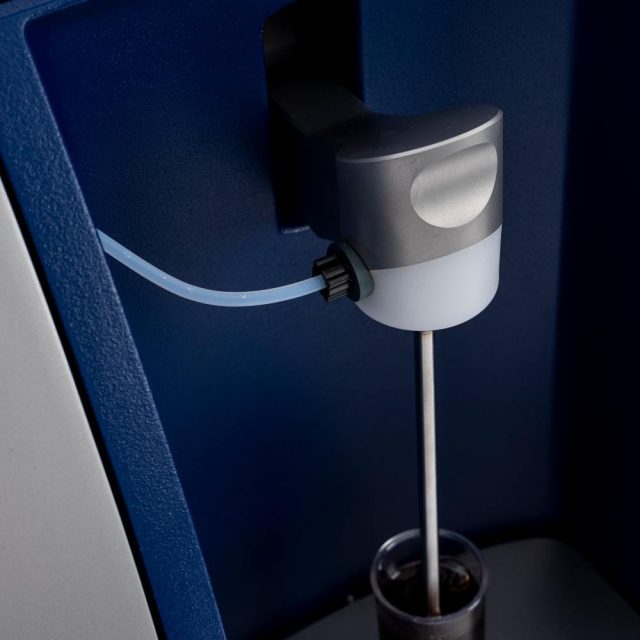
Your expanding world of analytical insight
Building on a well-proven concept, WineScan™ 3 offers a unique range of options to grow your analytical capability at less cost. A comprehensive range of tests include unique options such as tannins and advanced yeast assimilable nitrogen during fermentation.
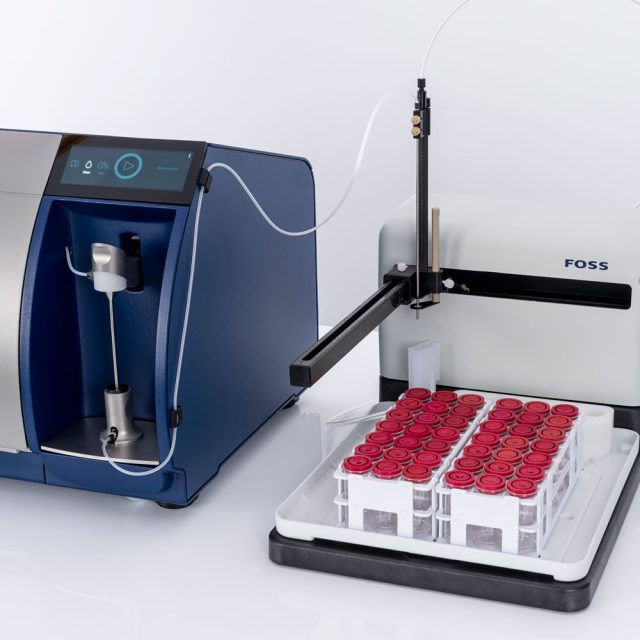
Results that just keep on flowing
Smart instrument adjusts itself for wear at regular intervals, avoiding need to interrupt operations for maintenance procedures.
The high throughput flow system and autosampler get more tests done in less time. You can get free and total SO2 in two minutes – 30 seconds faster than with earlier WineScan SO2 tests.
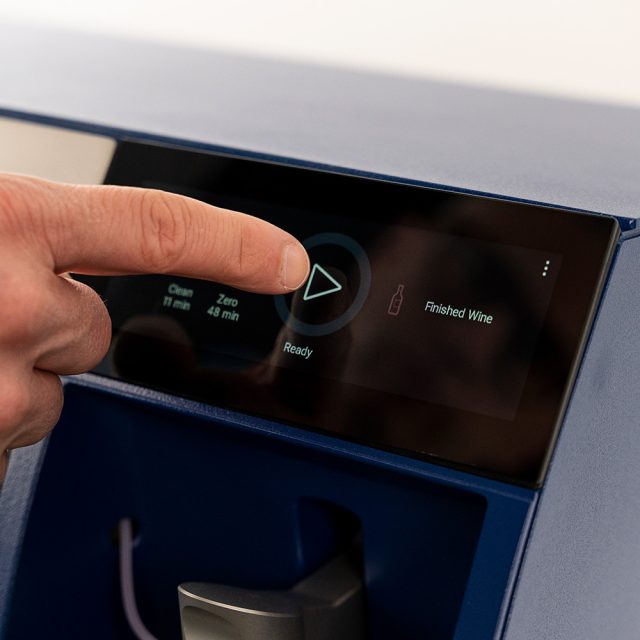
More time for winemaking
WineScan™ 3 makes owning and running a wine analysis solution simple and worry-free. Every test result is based on 40 subsamples to capture data from a larger sample volume compared to earlier solutions.
A more representative result is obtained, which avoids the need for replicate measurements to confirm the validity of results for the sample in question. Further, the instrument is smart-enabled to provide a close level of support while ensuring that valuable analysis data is always safe, traceable and easy to access and share.
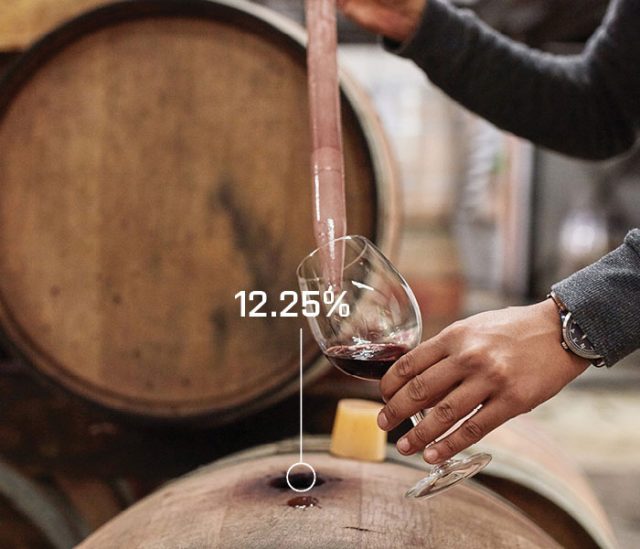
Why mid infrared is the right technology for wine analysis
In this 5 minute read interview, FOSS Principal Scientist Henrik Juhl explains how experience in testing liquids for dairy industry applications led to an innovation that marked a new era in wine analysis.
| Parameters | Ranges within product type | ||||
| Components | Unit | Must | Must under fermentation | Finished wine |
Comments |
| Alpha amino nitrogen | mg/L | 0 – 460 | Reference method: NOPA Used for calculating YAN |
||
| Ammonia | mg/L | 0 – 300 | Used for calculating YAN | ||
| Citric acid | g/L | 0 – 5.4 | 0 – 1.0 | ||
| CO2 | mg/L | 0 – 2800 | |||
| Density | g/mL | 1.0200 – 1.2500 | 0.9900 – 1.1400 |
0.9800 – 1.1900 | Density for must can be presented with other units, i.e. Babo, Baumé, Oechsle. The model can be converted to such unit using calculated component feature and right formula. |
| Ethanol | % Vol. | 0 – 19.0 | 0 – 19.0 | 0 – 19.0 | |
| Extract | g/L | 0 – 300 | |||
| Fructose | g/L | 0 – 170 | 0 – 137 | 0 – 170 | |
| Gluconic acid | g/L | 0 – 5.7 | |||
| Glucose | g/L | 0 – 9.0 | 0 – 200 | 0 – 138 | |
| Glucose + fructose | g/L | 0 – 390 | 0 – 260 | 0 – 265 | |
| Glycerol | g/L | 0 – 12.0 | 0 – 21.0 | ||
| Lactic acid | g/L | 0 – 4.3 | 0 – 4.0 | 0 – 7.5 | |
| Malic acid | g/L | 0 – 26.0 | 0 – 7.3 | 0 – 6.3 | |
| pH | 2.4 – 4.6 | 2.8 – 4.3 | 2.8 – 4.4 | ||
| Potassium | mg/L | 0 – 5300 | |||
| Reducing sugar | g/L | 0 – 430 | 0 – 259 | 0 – 200 | |
| Sorbic acid | mg/L | 0 – 940 | |||
| Tartaric acid | g/L | 0 – 16.0 | 0 – 8.1 | ||
| Total acidity by end point pH 7.0 | g/L | 0 – 25.0 | 0 – 13.0 | 0 – 7.6 | Expressed as sulphuric acid |
| Total acidity by end point pH 8.2 | g/L | 0 – 39.0 | 0 – 20.3 | 0 – 12.8 | Expressed as tartaric acid |
| Total polyphenols | 0 – 120 | ||||
| Total soluble solids | g/100g (°Brix) | 16 – 30 | Total soluble solids for must can be presented with other units, i.e. g/L sugar. The model can be converted to such unit using calculated component feature and right formula. | ||
| Volatile acidity | g/L | 0 – 2.3 | 0 – 2.0 | 0 – 1.7 | Expressed as acetic acid |
Options |
|||||
| Alpha amino nitrogen | mg/L | 0 – 350 | Part of YAN for must under fermentation package | ||
| Ammonia | mg/L | 0 – 300 | Part of YAN for must under fermentation package | ||
| Tannin by BSA | mg/L* | 0 – 1100 | Part of tannin package | ||
| Tannin by MCP | mg/L** | 0 – 3700 | Part of tannin package | ||
| A420 nm | 0 – 1.0 0 – 2.5*** |
Included with color module | |||
| A520 nm | 0 – 1.2 0 – 3.5*** |
Included with color module | |||
| A620 nm | 0 – 0.3 0 – 1.4*** |
Included with color module | |||
*) Catechin equivalent
**) Epicatechin equivalent
***) Wide range with reduced performance
| Instrument specification | |||
| Sample capacity | Manual: 120 samples per hour Autosampler: 130 samples per hour SO2: 27 samples per hour |
||
| Options | |||
| Color module | Built-in or add on later | ||
| Autosampler (external, add later) | Power supply | Dimensions (W x D x H) | Weight |
| 100 – 240 VAC ± 10% 50 – 60 Hz ; 1,04 A Autosampler input: 24 V DC; 3,33 A |
62 × 33 × 59 cm (with sample probe, cables and tubing mounted) |
||

